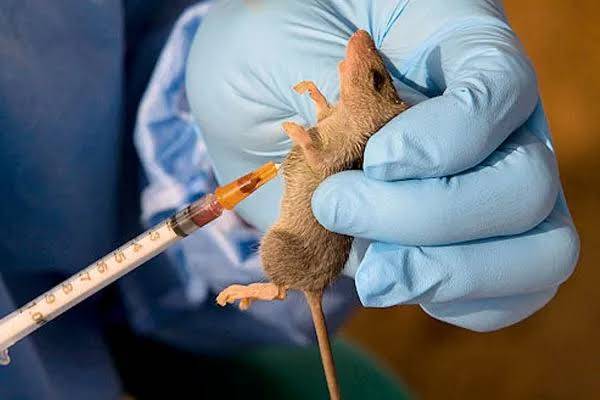Lassa Fever Claims 118 Lives in Nigeria in First Three Months of the Year
Lassa fever has once again hit Nigeria hard, causing significant harm to communities throughout the nation. In just the first three months of the year, this illness has claimed 118 lives and infected hundreds more. Despite ongoing public health campaigns and government efforts to limit its spread, the virus continues to pose a serious threat, especially in rural areas where poor sanitation helps the disease to flourish.
This outbreak serves as a stark reminder of the difficulties Nigeria faces in managing infectious diseases, revealing gaps in healthcare access, environmental cleanliness, and disease monitoring. Lassa fever, known as a viral hemorrhagic illness, is mainly transmitted by rodents, particularly the multimammate rat, which is found in numerous regions of West Africa. The virus spreads when people come into contact with food, water, or items at home that have been contaminated with rat urine or droppings.
Once the virus enters the human body, it can spread through direct contact with the bodily fluids of an infected person, putting healthcare workers and caregivers at particular risk. Since its first reported outbreak in Nigeria back in 1969, Lassa fever has turned into an ongoing health issue, with cases appearing every year. The Nigeria Centre for Disease Control and Prevention (NCDC) confirmed 645 cases just between January and March, with a fatality rate of 18.3%. This aligns with recent trends, as Nigeria has seen around 100 deaths related to Lassa fever each quarter in recent years.
However, experts caution that these figures might be an undercount since numerous cases go unreported due to poor healthcare access and some individuals' hesitance to seek medical help. The true death toll could be much higher, especially in remote villages with little health infrastructure.
A particularly concerning aspect of the current outbreak is its effect on healthcare workers. More than 20 medical professionals have been infected while treating patients in five of the 33 states impacted by the virus. This highlights the risks faced by frontline health workers who frequently operate in facilities with inadequate protective gear, insufficient training in infection prevention, and severe resource shortages. The danger to healthcare personnel further complicates the crisis, as the fear of infection might discourage medical professionals from providing care, leading to even fewer treatment options for patients.
One of the major challenges in controlling the outbreak is the delay in seeking medical attention. Many people, particularly in rural areas, initially turn to self-medication or traditional remedies before consulting a doctor. Some do this due to financial limitations, while others depend on herbal treatments and local healers because of strong cultural beliefs. Unfortunately, this delay in receiving proper medical care allows the virus to progress unchecked, worsening the patient's condition and raising the chances of the disease spreading to family members and caregivers.
Nigeria’s approach to Lassa fever outbreaks has often been more reactive than preventive. Although emergency response teams are sent in during severe outbreaks, there is still a lack of long-term investment in public health education, improved sanitation, and rodent control. To prevent future outbreaks, a comprehensive strategy is needed that includes better waste management, rodent-proof food storage, and widespread public awareness campaigns regarding hygiene and disease prevention.
Despite years of efforts, many communities remain at risk due to poverty and insufficient government action. Sanitation remains a critical issue in the fight against Lassa fever. In numerous parts of Nigeria, especially in lower-income and rural areas, poor waste disposal and food storage methods create an environment where rodents can thrive. Open garbage dumps, poorly maintained sewage systems, and a lack of clean water contribute to the issue, making it nearly impossible to effectively control rodent populations.
Until these basic sanitation problems are tackled, Lassa fever will continue to be a severe public health threat. On top of environmental factors, Nigeria’s healthcare infrastructure also faces significant challenges. Many treatment centers are understaffed and lack the necessary equipment to handle large outbreaks. The shortage of trained personnel, absence of medical supplies, and limited laboratory facilities for diagnosing Lassa fever hinder effective disease containment.
While some strides have been made in setting up specialized treatment centers, the demand far outstrips the available resources. This outbreak also raises concerns about the country’s readiness to manage infectious diseases, highlighting lessons learned from past health crises.


